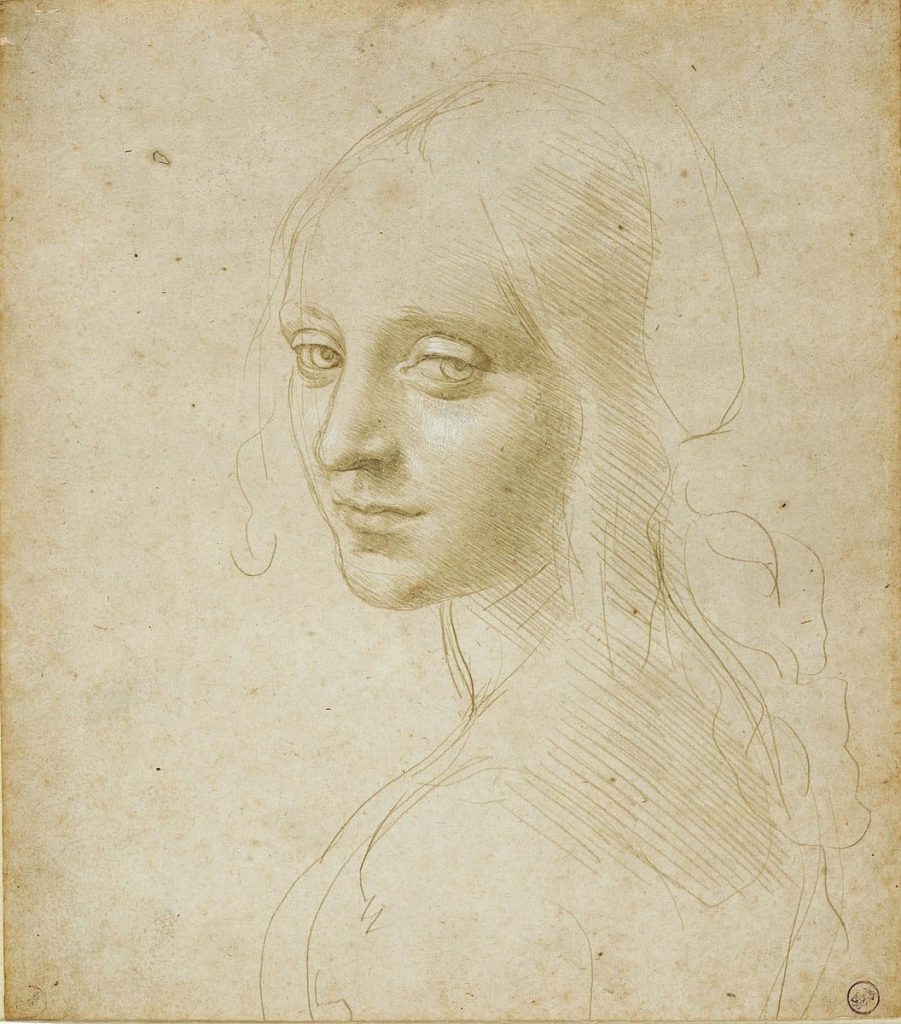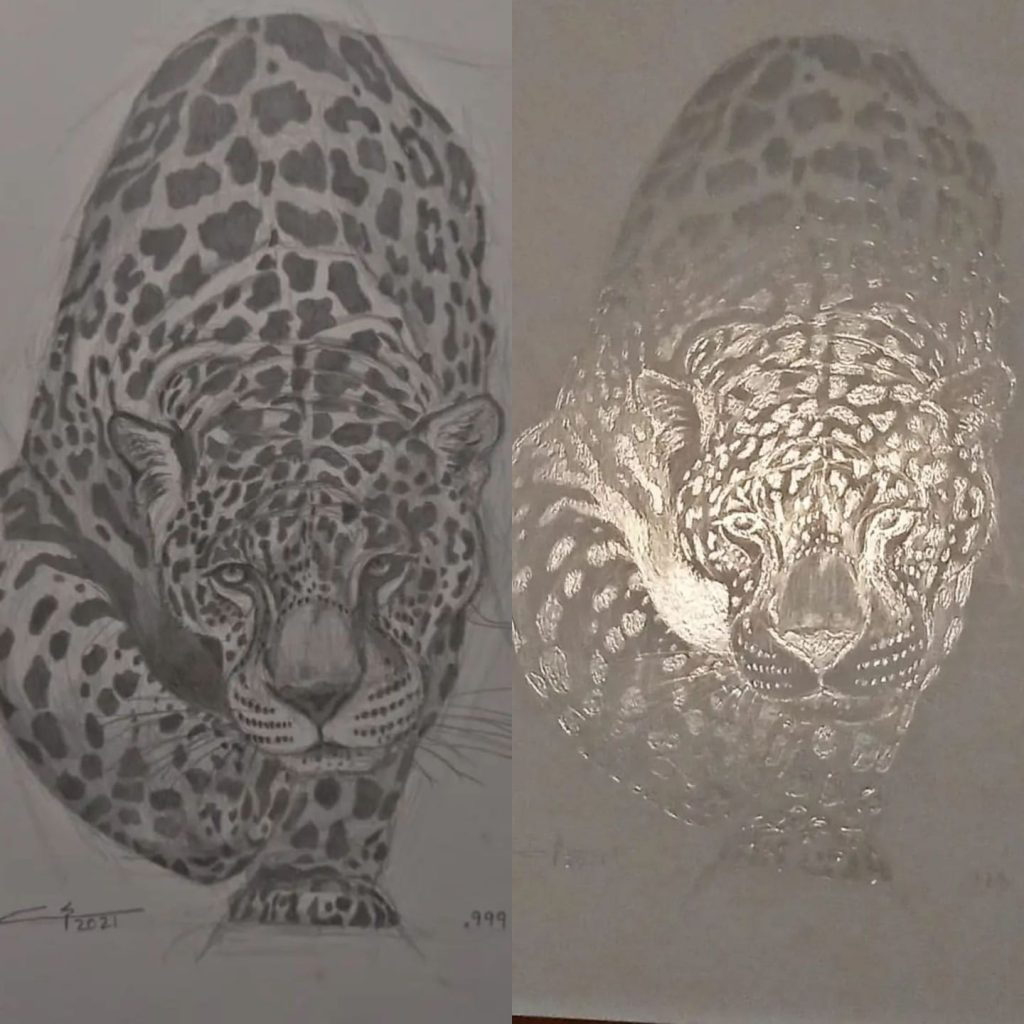
Drawing with metal point

By César Medina
October 06, 2023
Since I learned about Leonardo Da Vinci and his quality as a universal man in my childhood, I was captivated by his metal point drawings. It is surprising how his drawings, made with only lines or hatching, show depth and life of their own. In the following image you can see an example by Leonardo.

The use of graphite as a medium for art did not emerge until 1662, therefore, in the Renaissance they still did not have this material. Metal offered a quick and portable way to make sketches without the need for ink or paint preparations. All that was needed was paper prepared in such a way that the metal would adhere easily.
The metal can be any: lead, silver, gold, copper, titanium, etc. If we just get a piece of wire, we can start drawing. The most used is the silver point, since over time it oxidizes and changes its tone from gray to sepia. Also, the way it reflects light makes this metal one of the favorites.
A printer paper will not be able to receive the metal since its surface is very smooth. Microscopically, the surface must be abrasive, to destroy the metal point and keep it in its surface. So, we have several options.
You may also like: Dry media in art
We can prepare a paper just as they did in the Renaissance. A mixture containing bone or ground seashells was prepared with some glue to create a painting that was printed on the thick paper. We can also paint the paper with acrylic in any light color. And finally, we can buy an art printing paper that, from the factory, is already capable of taking on metal immediately.

If we use old methods, we could qualify our work as artisanal, giving it greater value. Otherwise, we will definitely save time and effort, since we will not need to adhere primer to the paper nor wait for it to dry.
Generally, the metal point line cannot be erased, or it is very difficult to do so. So, we must work cautiously and gently to ensure that each of the strokes is useful for our artistic work.
Personally, I find the result of my silverpoint works very satisfactory. The reflection of light, the obvious lines, the demanding monochrome, and the subtlety of the work are very evident.
Although there are few artists who continue to use this technique, it remains one of the most admired, although least understood, perhaps due to its exclusive use.
------ADVERTISEMENT------
------ADVERTISEMENT------
------ADVERTISEMENT------
------ADVERTISEMENT------


